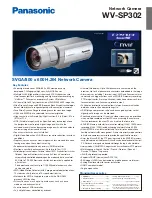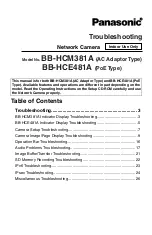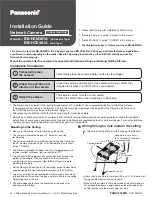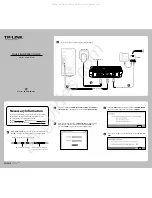
Introduction
1-3
I
Industry-leading data transfer (MB/sec) and transaction processing rates (IOPS)
I
Automatic SCSI device discovery and SCSI-to-FC address mapping
I
Retention of SCSI-to-FC addressing during device removal/addition and between
power cycles
I
Support for Persistent Reserve In and Persistent Reserve Out commands
I
Support for Report LUNs command
I
Firmware upgrades via RS-232
I
Warnings and automatic shutdown for out-of-specification temperature and voltages
I
Embedded Configuration Application Programming Interface (CAPI) for
management and Graphical User Interface (GUI) development
I
Extended Copy command available for serverless backup
The router is available in both low-voltage differential/single-ended (LVD/SE) and high-
voltage differential (HVD) SCSI models.
About Serverless Backup
Recent advances in data protection architectures have added the ability to back up data by
moving it directly from disk to tape without first passing through a backup server. This is
called serverless backup, and it utilizes a new SCSI command, Extended Copy (EC). A
host is involved in executing the EC command, though it is typically not the server. The
Chaparral family of Intelligent Storage Routers is enabled to execute the EC command
under the control of most major backup applications.
The EC command consists of three primary pieces of information:
I
Source addresses
I
Destination address
I
In-line data
The source addresses tell the router where the data that is being copied is physically
stored, on what device and at what physical locations. This information is provided by a
backup application, which must translate file information into the physical storage
locations. The application sends this list of addresses in the order it is to be written to the
destination device, often a tape drive in a backup scenario.
For the destination address, the EC command assumes that any tape device that is being
copied to is in the proper location, so all the router needs to know is its target address,
typically a LUN on the SAN. The in-line data is used to allow applications to maintain a
specific format, and can be used to write any data the application may require for
restoration.
Note:
It is important to know which model you have and the associated
below.)
Содержание FS1310
Страница 1: ...Chaparral VFS113 Fibre Channel to SCSI Router User s Guide ...
Страница 2: ......
Страница 6: ...iv ...
Страница 10: ...VFS113 Rack Desktop Model User s Guide viii ...
Страница 16: ...VFS113 Rack Desktop Model User s Guide 1 6 ...
Страница 62: ...VFS113 Rack Desktop Model User s Guide 3 34 ...
Страница 82: ...VFS113 Rack Desktop Model User s Guide D 8 ...
Страница 94: ...VFS113 Rack Desktop Model User s Guide I 6 ...
Страница 95: ......














































